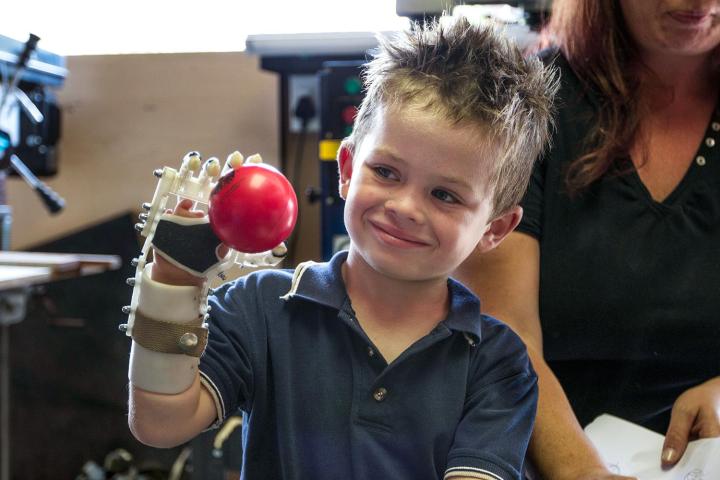
This has been a rough year in the world of tech. BlackBerry all but jumped off a bridge. Microsoft now owns Nokia, which is only a good thing if you’re a masochist. Reddit wrongly blamed a missing kid for blowing up Boston. The US government’s largest tech project ever, Healthcare.gov, made millions of Americans want to toss their laptops out a 10th story window. A slew of studies showing that tech is turning us into lonely, narcissistic zombies. And, to top it all off, the NSA is using our Internet and phones to spy on the entire world. Ugh.
So the end of 2013 couldn’t come soon enough, as far as I’m concerned. But this is Christmas Eve, a day to forget the world’s pangs of sadness and focus on the brighter side of life – and tech. Fortunately, if you dig just beneath the surface layer of grime, a magical rainbow world of awesomeness glows forth. Here are some of the ways technology made the world a bit brighter in 2013.
Leo the Homeless Coder

The man, now known around the world by his name, Leo Grand, took the latter option. And earlier this month, he released his first app for iOS and Android. Called Trees for Cars, the app helps drivers and riders organize carpools. Helping someone who’s down on their luck gain a valuable skill and create something that’s good for the environment? It doesn’t get much better than that.
Drones in support of humanity

So, while we fret about getting our Amazon packages delivered by robots, the wisest among us are looking at this technology as an amazing way to improve life for countless people and animals the world over. That’s what technology is all about.
3D-printed prosthetics

Community broadband

Only problem is, Google Fiber is still available in just two cities so far (with another, Austin, TX, on the way). Which is why an increasing number of communities around the country are taking matters into their own hands by launching so-called “municipal broadband” networks. By treating Internet connections like electricity or water, this system allows everyone in the community access to high-speed Internet relatively cheaply, even if the cable companies don’t want to invest in their area.
Municipal broadband still has a long way to go – especially with cable companies spending truckloads of money to pass laws that stop them in their tracks. But it’s our best bet for escaping the wrath and headaches of corporate-owned Internet service.
Hyperloop and thinking big

Editors' Recommendations
- 5 ways that future A.I. assistants will take voice tech to the next level
- 6 questions we have about Elon Musk’s Neuralink brain interface technology


